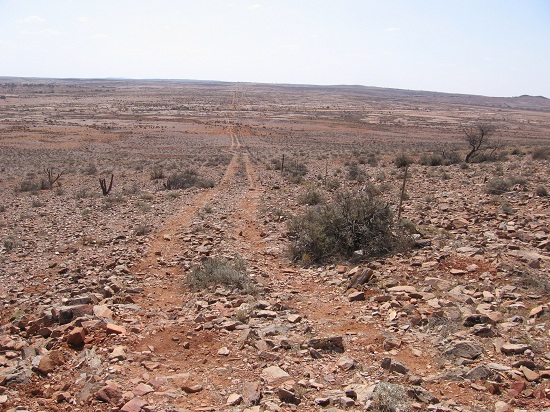Natural Causes
1. Variations in the Earths Orbital Characteristics
- Changing or earths orbital characteristics within 1000 years from elliptical
(aphelion) to nearly circular (perihelion) when the earth is nearest to the sun and
receives maximum solar energy and back to elliptical when the earth is farthest
from the sun and receives least solar energy.
2. Variation in the Atmospheric Carbon Dioxide
- When natural rise in temperature cause carbon dioxide held up in cold ocean
waters to be released to the atmosphere after oceans warmed.
3. Volcanic Eruptions
- When large quantities of volcanic ash and dust thrown out of the
ground block some of the solar insolation from reaching the earths
surface causing temperatures on the earths surface to drop for a
short period.
- When sulphur dioxide given off during volcanic eruptions reacts
with water vapour forming a bright layer within stratosphere
reducing the amount of solar radiation reaching the surface by
reflecting some of it back which also lowers temperatures on the
surface.
4. Variation in Solar Output
- Changes in the amount of solar energy given off by the sun whereby at times its
less causing drop of temperature on the earths surface and at others its gives off
more causing rise in temperature on the surface.
Human Causes
- Burning of fossil fuels in industries, transportation, electricity generation
etc. which contributes 65% of additional co2 in the atmosphere which is
the main green house gas.
- Burning of vegetation e.g. in shifting cultivation and forest fires which
also adds co2 in the atmosphere.
- Clearing large tracts of forests foe agriculture, settlement etc. which
reduces the main disposal system for CO2 from the atmosphere by
photosynthesis.
- Industrial developments which add gases like methane, nitrous oxide and
those containing chlorine and chlorofluorocarbons which damages ozone
layer which filters a greater percentage of ultra violet radiation given off
by the sun which causes the average temperatures on the earth to rise.
Consequences of Climate Change
- Global warming due to green house effect by gases added in to the
atmosphere and destruction of ozone layer.
- Increased rainfall as a result of high temperatures causing high rates of
evaporation causing wet areas to become wetter and dry areas to become
drier.
- Effect on agriculture by causing crop growing areas to shift to cooler
altitudes and latitudes e.g. wheat growing areas of Canada shifting to the
poles and causing dropping or failure of crop yields in area where
temperatures have increased.
- Water shortage when climate becomes drier causing less water to
infiltrate underground and hence less water to feed rivers.
- Submergence of coastal areas causing flooding when Antarctic and Arctic
glaciers melt and water is added to the oceans.
- Heat waves due to increased temperature which leads to death of people.
- Receding and disappearance of ice caps on mountains e.g. Mt.
Ruwenzori.
- Abnormal growth of plants due to increased amounts of co2 causing
increased rate of photosynthesis which may lead to increased yields of
major crops, poor soils due to soils having to sustain high rates of plant
growth.
- increased levels of ultra violet radiation which causes human diseases
such as skin cancer, lowering crop production by slowing photosynthesis
and germination, lowering fish population by damaging plankton which
fish eats and degradation of paint and plastics.
Solution to Climate Change
- Afforestation and reafforestation.
- Use of energy saving stoves to reduce the rate of deforestation.
- Use of alternative sources of energy which are environmentally friendly
e.g. solar and water instead of fossil fuels.
- Proper maintenance of vehicle to reduce emissions from their exhausts.
- Use of public transport to reduce the amount of fossil fuel used and hence
the amount of co2 added into the atmosphere.

